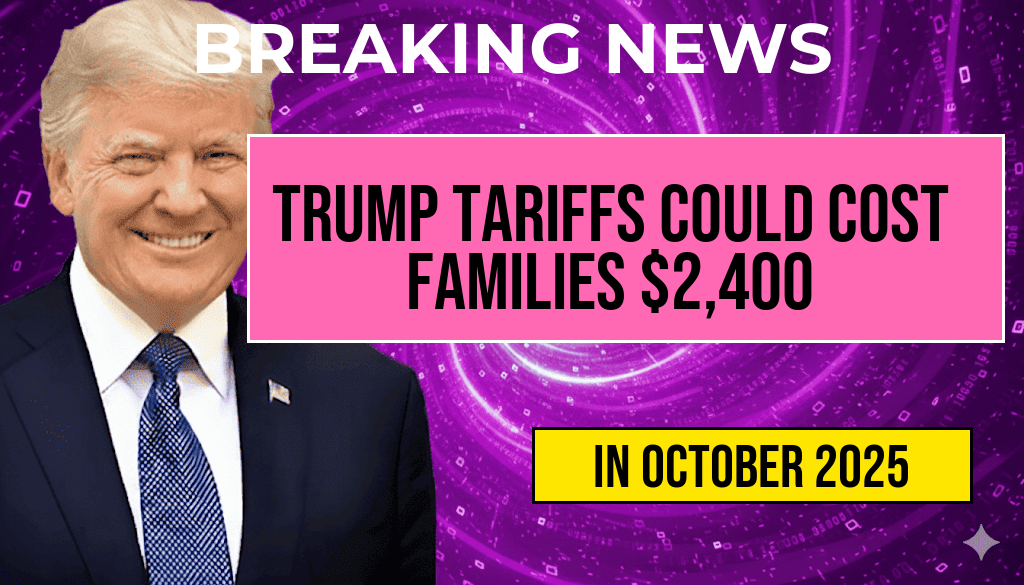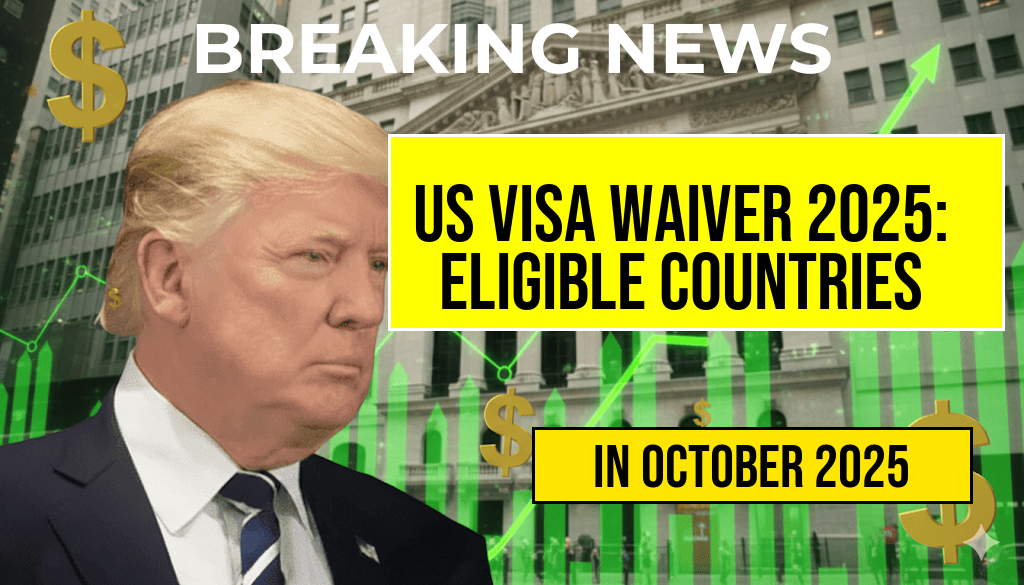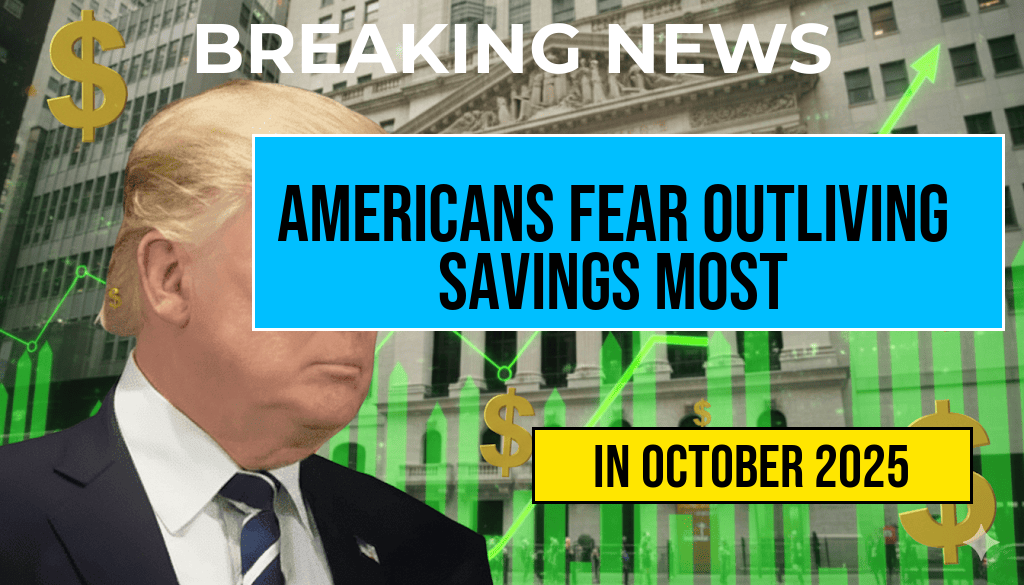Former President Donald Trump has proposed a significant shift in retirement investment policies by endorsing the inclusion of high-risk cryptocurrency investments within workers’ 401(k) plans. His stance has sparked debate among policymakers, financial experts, and labor advocates, highlighting a potential move toward greater diversification but also raising concerns over increased exposure to volatile assets. Trump’s advocacy suggests that allowing Americans to allocate a portion of their retirement savings to cryptocurrencies could enhance potential returns and foster innovation in investment strategies. However, critics warn that this approach might expose millions of workers to substantial financial risks, especially amid the unpredictable nature of digital assets. As discussions unfold, the proposal underscores ongoing tensions between promoting financial growth and safeguarding long-term retirement security.
Trump’s Proposal and Rationale
During a recent rally, Donald Trump voiced support for expanding the investment options available within 401(k) plans, emphasizing the potential benefits of including cryptocurrencies. According to his remarks, modern investors should not be restricted to traditional stocks, bonds, and mutual funds. Instead, they should have the freedom to diversify into emerging assets, including Bitcoin and other digital currencies, which he claims have demonstrated “tremendous growth” and could serve as a hedge against inflation.
Trump’s push comes at a time when the cryptocurrency market has experienced significant fluctuations, with Bitcoin reaching all-time highs in late 2021 before experiencing sharp declines. His supporters argue that allowing workers to allocate a small percentage—perhaps up to 5%—of their retirement savings into cryptocurrencies could unlock higher returns, particularly for younger investors with longer time horizons. This approach aligns with broader efforts to modernize retirement investment options and adapt to evolving financial landscapes.
Regulatory and Industry Perspectives
Current Framework and Challenges
Under current regulations, 401(k) plan sponsors are generally limited to offering traditional investment options approved by the Department of Labor (DOL) and the Securities and Exchange Commission (SEC). While some plan providers have begun offering access to alternative assets, digital currencies remain largely absent from mainstream retirement plans due to concerns over market volatility, fraud, and lack of comprehensive regulation.
Industry experts highlight that integrating cryptocurrencies into retirement plans would require significant regulatory adjustments, including establishing clear guidelines for custodianship, valuation, and risk disclosure. “The primary challenge is ensuring that participants understand the risks involved,” said Laura Martinez, a financial compliance analyst. Wikipedia notes that the regulatory landscape for digital assets is still evolving, which complicates efforts to standardize their inclusion in traditional investment vehicles.
Potential Impact on Retirement Security
Advocates of Trump’s proposal contend that providing access to cryptocurrencies could diversify retirement portfolios and potentially boost long-term growth. However, critics argue that the high volatility and speculative nature of digital currencies pose substantial threats to retirement security, especially for less experienced investors who might not fully grasp the risks.
| Aspect | Traditional Investments | Cryptocurrency Investments |
|---|---|---|
| Volatility | Moderate, historically predictable | High, frequent fluctuations |
| Regulatory Oversight | Established, regulated | Emerging, evolving |
| Liquidity | High, widely traded | Variable, less liquid |
| Market Maturity | Decades of development | Relatively new, rapidly evolving |
Political and Public Reactions
The proposal has received mixed reactions from political figures and advocacy groups. Supporters, including some libertarian-leaning policymakers, see it as a step toward greater financial autonomy and an acknowledgment of the growing importance of digital assets. Conversely, many labor unions and consumer advocates have expressed concern over exposing workers’ retirement funds to high-risk investments, emphasizing the importance of protecting Americans’ financial futures.
Senator Elizabeth Warren, a vocal critic of cryptocurrencies, issued a statement cautioning against the inclusion of such assets in retirement plans. “Retirement savings are meant to provide security after a lifetime of work, not to gamble on highly volatile assets,” she argued. Meanwhile, industry players like Fidelity have indicated they are monitoring regulatory developments but have yet to offer cryptocurrency options within their plan offerings.
Next Steps and Broader Implications
Any move toward allowing cryptocurrencies in 401(k) plans would require approval from federal regulators, including the Department of Labor and the Securities and Exchange Commission. This process involves extensive review, public comment periods, and potential legislative action. The debate also raises broader questions about the role of innovation in retirement savings and the responsibilities of fiduciaries to protect participants from undue risk.
As digital currencies continue to gain prominence and acceptance, policymakers face the challenge of balancing the promise of higher returns with the necessity of safeguarding long-term retirement security. The outcome of this ongoing discussion could reshape the landscape of American retirement planning, integrating innovative assets into a traditionally conservative framework.
For more on the evolving landscape of digital assets and retirement planning, see Investopedia and Wikipedia.
Frequently Asked Questions
What is the main proposal regarding cryptocurrency investments in 401(k) plans?
President Donald Trump advocates for allowing high-risk cryptocurrency investments to be included in workers’ 401(k) retirement plans, aiming to diversify investment options for participants.
Why does Trump support including cryptocurrencies in retirement plans?
Trump believes that allowing cryptocurrency investments can offer potential high returns and provide workers with more investment choices to grow their retirement savings.
What are the potential risks associated with adding cryptocurrencies to 401(k) plans?
The main risks include market volatility, lack of regulation, and the potential for significant losses due to the speculative nature of cryptocurrencies.
How might this proposal impact 401(k) plan participants?
This proposal could provide more investment options for participants, potentially increasing returns, but also exposing them to higher risks associated with cryptocurrency markets.
What is the current regulatory stance on including cryptocurrencies in retirement plans?
Currently, regulators are cautious about cryptocurrency investments in retirement plans, emphasizing risk management and appropriate oversight before such options are widely adopted.










